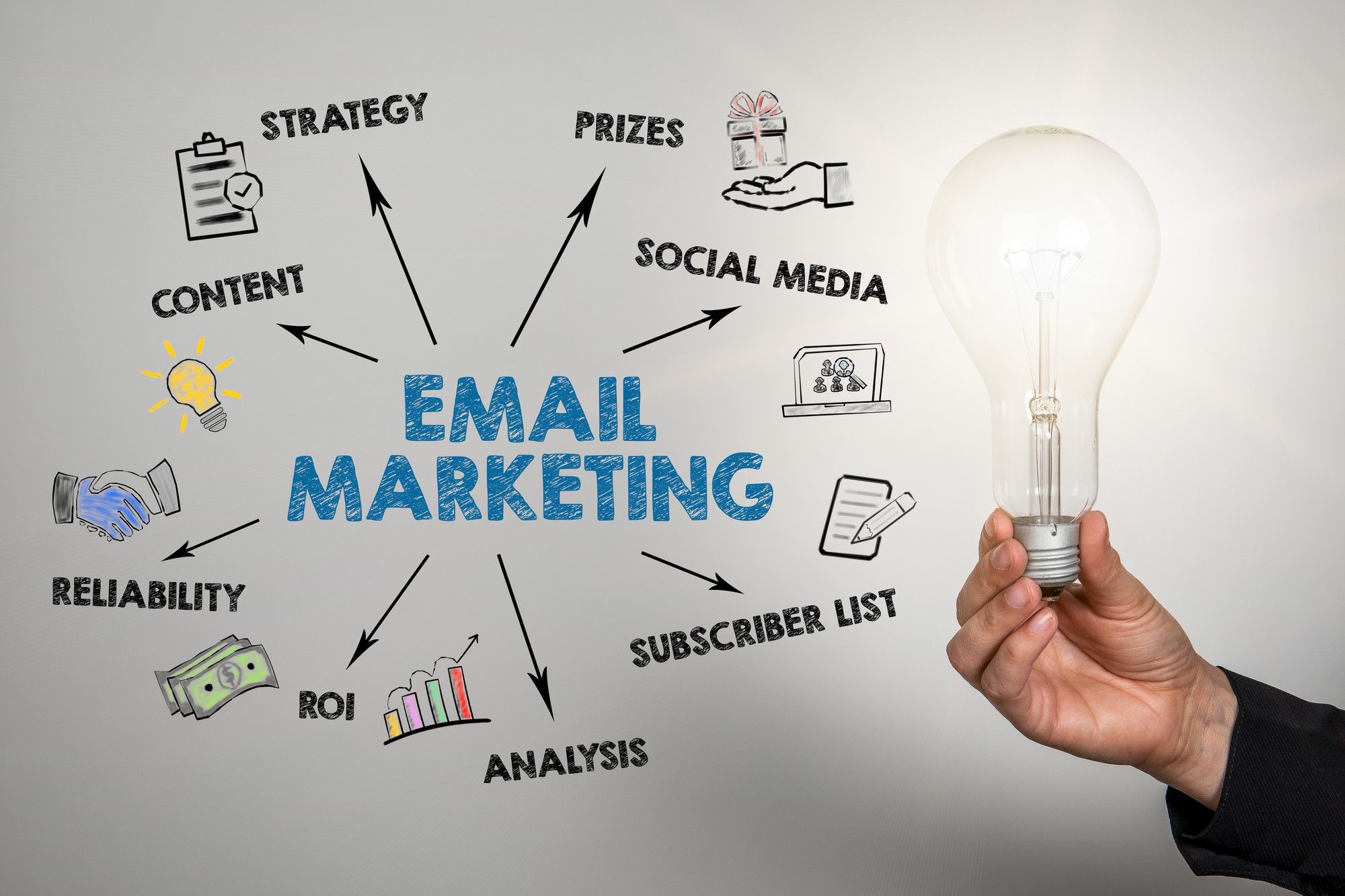Introduction:
In the digital age, where communication happens at the speed of light, email marketing remains one of the most effective and versatile tools for businesses to engage with their audience. As an essential component of any successful marketing strategy, email marketing offers a direct and personalized way to connect with potential and existing customers. In this comprehensive guide, we will delve into the world of email marketing, exploring its benefits, best practices, strategies, and tools to help you craft compelling campaigns and achieve remarkable results.
I. Understanding Email Marketing:
What is Email Marketing?
Definition and Purpose
Importance in Digital Marketing
Types of Email Campaigns:
Promotional Emails
Newsletters
Transactional Emails
Welcome Emails
Abandoned Cart Emails
Re-engagement Emails
II. Building a Strong Email List:
Permission-Based Marketing:
Opt-in vs. Purchased Lists
Ensuring Compliance with Anti-Spam Laws
Lead Generation Tactics:
Landing Pages and Opt-in Forms
Incentives for Sign-ups
Leveraging Social Media and Content Marketing
III. Crafting Engaging Email Content:
Writing Effective Subject Lines:
The Power of Personalization
A/B Testing for Optimization
Designing Compelling Emails:
Responsive and Mobile-Friendly Designs
Visuals, Colors, and Branding
Structuring Your Email:
Clear and Concise Copywriting
Call-to-Action (CTA) Placement and Best Practices
Segmenting Your Email List:
Understanding Audience Segmentation
Targeted Content for Better Engagement
IV. Deliverability and Email Performance:
Improving Email Deliverability:
Authentication and SPF/DKIM/DMARC
Maintaining a Clean Email List
Handling Bounces and Unsubscribes:
Managing Hard and Soft Bounces
Simplifying the Unsubscribe Process
Email Open Rates and Click-Through Rates (CTR):
Tracking and Analyzing Performance
Strategies for Improving Metrics
V. Automation and Personalization:
Leveraging Email Marketing Automation:
Drip Campaigns and Autoresponders
Onboarding and Nurture Sequences
The Power of Personalization:
Dynamic Content and Personalized Recommendations
Behavioral Triggers for Targeted Campaigns
VI. A/B Testing and Optimization:
The Importance of A/B Testing:
Elements to Test (Subject Lines, CTAs, etc.)
Interpreting and Acting on Results
VII. Avoiding Common Email Marketing Mistakes:
Spam Traps and Blacklists:
Best Practices to Stay Out of Trouble
How to Handle Deliverability Issues
Overcoming Email Fatigue:
Frequency and Timing of Emails
Strategies to Keep Subscribers Engaged
VIII. Email Marketing Metrics and Analysis:
Key Performance Indicators (KPIs):
Conversion Rate, ROI, and Revenue Tracking
Understanding Engagement Metrics
Email Marketing Analytics Tools:
Google Analytics and Other Platforms
Leveraging Data for Informed Decision-Making
IX. Compliance and Legal Considerations:
General Data Protection Regulation (GDPR) and Email Marketing:
Collecting and Processing Personal Data
Consent and Privacy Rights
CAN-SPAM Act and Email Compliance:
Requirements for Commercial Emails
Opt-out and Identification Obligations
X. Email Marketing Trends and Future Outlook:
Personalization and Artificial Intelligence (AI):
Predictive Analytics and Behavioral Targeting
Customization for Enhanced User Experience
Interactive Emails and Gamification:
Embedding Videos and Dynamic Content
Gamified Email Campaigns
Conclusion:
In conclusion, email marketing remains a powerful and adaptable tool for businesses seeking to connect with their audience on a personal level. By focusing on building a strong email list, crafting engaging content, optimizing campaigns, and adhering to legal guidelines, businesses can create successful email marketing campaigns that drive conversions and foster long-term customer relationships. As technology continues to evolve, staying updated with emerging trends and embracing innovative strategies will ensure that your email marketing efforts remain relevant and effective in the years to come.







